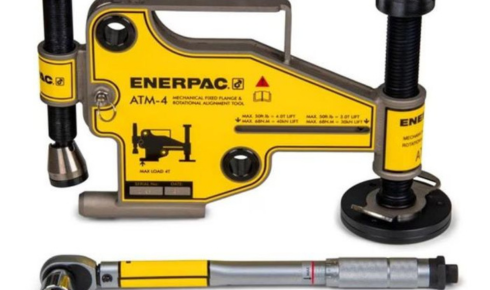Let’s be honest—most people don’t wake up thinking, “Today, I want to learn about truck alignment.” And yet, for those of us who live and breathe logistics, long hauls, and diesel-streaked maintenance bays, it’s more than just angles and adjustments—it’s about keeping things rolling, literally and financially.
Fleet alignment might sound like some sterile, back-end garage task you schedule and forget, but in practice, it’s one of those make-or-break routines. Get it right, and your tires live longer, fuel efficiency climbs, and drivers stop complaining about their trucks “drifting like shopping carts.” Get it wrong? You’re paying for it in tread wear, downtime, and headaches no ibuprofen can fix.
That’s why having reliable fleet alignment equipment isn’t just helpful—it’s essential. The kind of gear that doesn’t fuss, fumble, or require a degree in rocket science to operate. When you’re managing a fleet of 20, 50, maybe 200 vehicles, even a small misalignment multiplied across the board becomes a five-figure issue, and fast.
Why Old-School Methods Just Don’t Cut It Anymore
There was a time when mechanics could eyeball alignment or use old chalk strings and manual gauges. Respect to the veterans who made it work. But modern trucks are different beasts. The suspensions are more complex, the tolerances tighter, and the expectations higher. In short, the guesswork’s gotta go.
What today’s maintenance teams need are tools that think a step ahead—systems that can handle multi-axle vehicles, recognize variations in camber and toe, and document everything with a digital paper trail. In a world ruled by data, those reports aren’t just helpful—they’re necessary. Insurance claims, compliance checks, DOT audits—they all want receipts.
Speaking of getting precise, there’s one little tool that often gets overlooked but plays a huge role in making alignment possible: good-quality spreaders. These aren’t some fancy gizmo you pull out just to show off—they’re the quiet workhorses that help you hold steering systems in the right position while you’re zeroing in the measurements. Without them, your adjustments can shift the second you move away. It’s like trying to photograph a restless toddler—stability matters.
Measuring What Actually Matters
Here’s something I’ve learned over years of watching trucks chew through tires like candy bars: you can’t fix what you can’t measure. Sounds obvious, right? But so many shops still operate with outdated, worn-out measurement rigs, assuming they’re “close enough.”
The truth? Close enough is expensive.
Modern alignment measuring tools give you the clarity needed to make confident adjustments. Laser-guided or digital systems, when properly calibrated, remove the ambiguity. You’re not just hoping the wheel’s straight—you know it is. And when a driver heads out on a 2,000-mile route across three states, that confidence goes a long way.
And it’s not just about knowing the numbers—it’s about acting on them efficiently. Good tools don’t just spit data at you; they give it to you in a usable format. Touchscreen interfaces, easy-to-read printouts, built-in troubleshooting guides—those are what separate real gear from expensive clutter.
Real World, Real ROI
This isn’t about just buying shiny stuff for your shop. It’s about long-term savings. You know what costs more than premium alignment equipment? A blown tire in the middle of nowhere. Or worse, uneven wear that gets caught in a DOT roadside inspection.
I’ve seen operations save thousands per year just by tightening up their alignment routine. Less fuel wasted due to drag. Fewer suspension problems over time. And let’s not forget—drivers talk. They know when a rig handles like a dream versus a dumpster with wheels. Happy drivers stick around, and that saves recruitment and training costs too.
The Human Element
Here’s the thing: equipment’s only as good as the people using it. That’s where good training comes in. Even the best alignment system can be misused if the tech isn’t confident. So don’t just invest in tools—invest in your team. Give them the space to learn, to tinker, to mess up and try again. And reward the ones who get it right consistently.
Because at the end of the day, alignment isn’t just mechanical—it’s human. It’s about how we support the drivers who clock in before dawn, the techs who sweat under chassis in August, and the managers trying to stretch every maintenance dollar.
Final Thoughts from the Shop Floor
Fleet alignment isn’t glamorous. No one’s posting selfies with toe angle gauges. But it’s one of those foundational tasks that keeps the entire trucking ecosystem moving forward. When done right, it fades into the background—and that’s the best compliment possible. Quiet, dependable, invisible efficiency.

